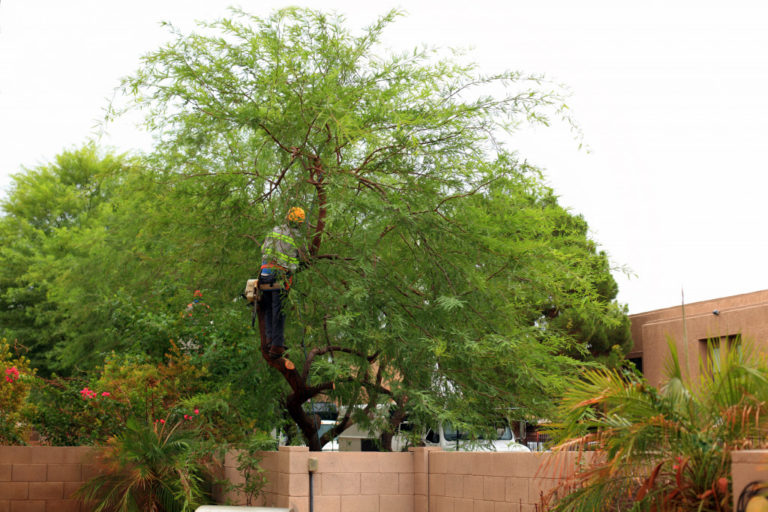When you buy a home that has been foreclosed or is in need of some TLC, there are often projects that come with the territory. One such project may be fixing an overgrown garden. If the garden is severely overgrown, it may be necessary to remove all the plants and start from scratch. But if the garden is only a little overgrown, you may be able to simply trim back the plants and get them under control fairly quickly. Here are a few tips for fixing an overgrown garden in a newly-bought home.
1. Assess the garden
Take a close look at the garden before you start trimming plants. It may have been neglected for some time, so there may be invasive weeds that were not visible from a distance. You should also check for any diseased or dying plants and do your best to remove them. If they are still alive, you might want to consider taking cuttings of the plant to grow elsewhere, since it may be difficult to completely remove that particular plant.
2. Remove diseased plants
When you are removing diseased plants, make sure you are wearing protective clothing and gloves, as well as goggles if you are dealing with any thorny bushes or shrubs. Be careful not to spread the disease to other plants when you are removing them. If it is not possible to contain the diseased plant in your yard, take it somewhere where you won’t mind if it spreads. As an added precaution, consider burning the diseased plant and its container to prevent it from spreading any further.
3. Remove dead or dying plants
You will need to find a way to dispose of the plants you remove. If you have a compost pile, perhaps you can use some of your garden waste there. You could also look for a place that might accept dead plants with diseased material — if this is not possible, then it may be necessary to burn these plants as well.
4. Repair broken garden structures if necessary
If you have any broken garden structures, it is probably best to repair them before using the garden. These can include items such as wooden stakes, fences, trellises, and other various tools. Some of the more simple repairs can be made with basic tools that most homeowners will already have on hand.
5. Check for pest infestations
Oftentimes, garden pests such as rodents and ants may make a home in an overgrown garden. Depending on the severity of the infestation, you may be able to simply manage it with traps or pesticides. However, if the infestation is severe, you will need to remove all plants from that particular area and sterilize it before rebuilding the space. Consider calling pest control for larger and more serious infestations.
6. Start the garden detailing work
Once you have removed the diseased and dying plants, as well as any invasive weeds, you will need to do a little bit of detail work. This includes removing remnants of old crops from previous seasons, including rotting roots that might be left behind after an entire plant has been removed. You also want to remove any plant debris that might have accumulated throughout the garden, as well as old dirt or weeds. Tree trimming should not be forgotten if there are any in the yard. You also want to remove rocks or other things that are not supposed to be in the garden bed.
7. Put down fresh soil
Once you’ve had your garden bed cleaned out and all the dead plants removed, it is time to re-do the garden bed. Your goal here is to make a fresh start with the planting, so you want to lay down new soil and add fertilizer where needed. When putting in new plants, make sure they are at least 3 inches apart from one another. This will provide enough room for the roots to grow without crowding each other out.
8. Put down mulch
Once you have your garden bed all ready to go, it’s time to add some mulch. This will help keep weeds at bay while also conserving moisture in the soil, which is especially important during dry months or summer months when water may be scarce. You can find mulch at most hardware stores and nurseries all over town.
9. Monitor the garden

Once you have your newly-planted and maintained garden all set up, you’ll want to monitor it and make sure that everything is growing well and thriving in its new home. Look for any weeds that may start to pop up and deal with them as soon as possible – they can overpower a garden if they are not removed.
It may take some time for your garden to get back into shape, but it is definitely worth the effort. It is important to maintain a healthy garden so that you have fresh air in your home space while also having a beautiful yard to look at.
